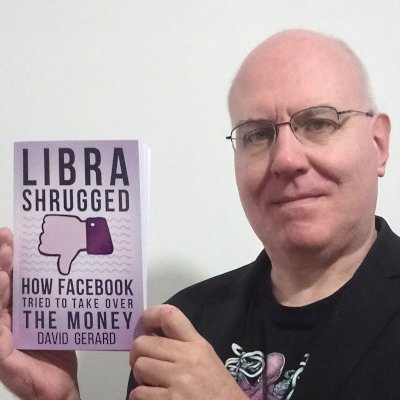- cross-posted to:
- [email protected]
- [email protected]
- cross-posted to:
- [email protected]
- [email protected]
goddamn, did chatgpt create his answers
A long time ago amateur/indie game devs looked to procedural generated content as a sort of holy grail to generate games with more interesting content quicker. (it was esp common in the roguelike spaces). Didn’t work out that way, stuff wasn’t that easy to setup, and often was pretty shallow, buggy, and bland. But sure, this time it will work. (PGC still has its uses btw it just isn’t a holy grail).
Well, all of the most successful roguelikes of the past decade use procgen. Slay the spire procgens the map and encounters. Darkest Dungeon was all procgen and it had sooo much replayability. The Binding of Isaac is all procgen.
Those are Roguelites [Angry man vs cloud noises], yes people use them, but in limited matters and it isn’t some magical fixing thing that can do grand things. The bosses, events etc etc are all still setpieces. There was this time where people expected it to be able to do more, a magical time of hope and wonder, before Radiant Quests. (Several games actually did this btw, warning forever, all the games from Sodak Entertainment. It just has a small lacking thing, even if the games are cool, and anybody interested in this should have played WF and some of the Sodak games), or look at Crawl Stone Soup, how they use random dungeon generation combined with ‘vaults’ setpieces of terrain which can have special (and even unique, careful around those statues of Hellephants) effects added to them.
But there was a certain type of hype around the method. So much that it even had a wiki created specially for the method. Basically im more talking about the hype around it before people had figured out the limitations and effort involved. A bit like XML, the hype around that was also quite something. Obv XML has its uses, it just wasn’t the magical thing people said it would be.
Developer productivity can definitely increase with codegen tools. The example of a stadium (or player animations) is also feasible assuming they move from developing a stadium rig + code to building something that builds a stadium rig + code. Most of this shit is gluing boilerplate together with minimal thought until you need to do things like optimize, solve new problems, or refactor the codegen spaghetti a few levels deep.
The more you rely on codegen, the more talented your engineers have to be because the easy shit goes away. That means it’s not necessarily cheaper because you shift your problem domain. You can definitely get a boost. 30% seems way too fucking high without serious in-house tool development, which doesn’t sound like their plan. Tabnine trained on EA’s shit code isn’t going to make them that much more efficient.
Also 50% more gamers? Yeah, bullshit. Sports games are going the way of streaming services. Everyone wants to do their own thing. Your audience there can’t go up much unless you improve access to consoles for your games or increase fans that like games of the sport they’re a fan of. We’re 30+ years into that; not really sure there’s much of a market with current tech. On the other end, shooters like CoD are also probably saturated. I just don’t see how the next Star Wars or Sim City flop could bring in 300mil net new users much less, say, a new Fortnite. I find it very hard to believe there are that many more users in the total addressable market that don’t touch EA games that would touch a new one.



